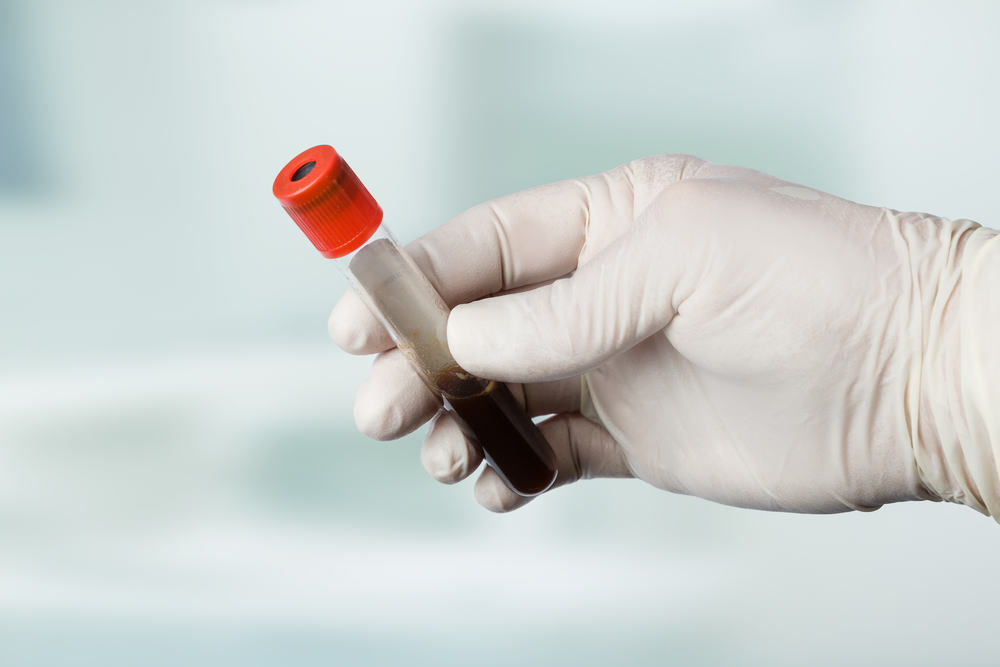Radiotherapy or radiation therapy is one of the treatment steps taken to treat cancer. Radiotherapy is carried out with a special machine that utilizes radiation X as energy forkill cancer cells.
Most cancer patients will undergo radiotherapy treatment because this treatment is considered the most effective in treating cancer and some types of benign tumors. Radiotherapy is able to damage the growth of cancer cells by destroying the genetic material of cancer cells.

Benefits of Radiotherapy
Radiotherapy treatment can be done in early-stage cancer or when cancer cells have spread to other parts of the body. The benefits of radiotherapy treatment vary, including:
- Cure cancer
- Reducing the size of the cancer before surgery (therapy) neoadjuvant)
- Stops the growth of cancer cells that are still left after a surgical procedure (therapy) adjuvant)
- Stops the spread of cancer cells to other parts of the body
- Makes other treatments more effective, if the radiotherapy treatment received is combined with other treatments, such as chemotherapy
- Relieve symptoms, especially in cases of advanced cancer (palliative therapy)
Types of Radiotherapy Treatment
Radiation therapy generally uses X-rays which are also used for X-rays. However, this action can also utilize proton energy or other types of energy, such as gamma rays.
In general, there are 2 types of radiotherapy used for cancer treatment, namely:
External radiotherapy
External radiotherapy is the most common type of radiotherapy. A machine will emit radiation, usually high-intensity X-rays. Radiation will be directed at the part of the body affected by cancer.
Each session usually takes about 10-30 minutes. You will not feel pain or heat during the therapy. Even so, some people may experience side effects such as redness, itching, and pain after the radiation is done.
Internal radiotherapy
Internal radiotherapy, also known as brachytherapy This is done by emitting radiation as close as possible to the area affected by the cancer. Internal radiotherapy is usually applied in two ways, namely in the form of implants or fluids.
Generally, internal radiotherapy in the form of an implant will be placed on the part of the body affected by cancer or nearby. Implants vary in size and shape with different radioactive materials. Usually this internal implant will be used to treat cancer of the uterus, rectum, cervix, prostate, mouth, and neck.
In some conditions, internal radiotherapy can be done by giving fluids that contain radioactive substances. Patients with cancer will be asked to drink or receive injections of fluids.
In the treatment of thyroid cancer, the doctor may inject a liquid containing radioactive iodine to destroy the cells in the thyroid gland.
In addition to those mentioned above, there are several new methods of radiotherapy that are used to fight cancer cells, namely:
- Imaging-guided radiotherapy or image-guided radiotherapy (IGRT), which allows radiation to more accurately target cancer cells
- Intensity modulated radiotherapy or Intensity Modulated Radiationtherapy (IMRT), which is especially useful for the treatment of cancers of the head and neck. This IMRT method has less side effects on salivary glands
- Stereotactic radiotherapy (SRT), which can be used in small cancers
- Proton beam therapy or proton beam therapy, which can minimize the risk of radiation exposure to healthy tissue thanks to its high accuracy against cancer cells only
Side effects Radiotherapy
Although able to treat cancer, radiotherapy also has side effects. Side effects that appear can be different for each person because it will usually depend on which part of the body is exposed to radiation and how much intensity is used.
Most of the side effects are temporary, manageable, and most importantly will disappear soon after radiotherapy is completed. Side effects that appear based on the area of the body exposed to radiation exposure include:
1. Head and neck
Radiotherapy, which is performed around the head and neck, may cause side effects in the form of dry mouth, thickened saliva, sore throat, difficulty swallowing, changes in the taste of the food consumed, nausea, canker sores, and tooth decay.
2. Chest
Radiation therapy to the chest can cause side effects such as coughing, shortness of breath, and difficulty swallowing.
3. Stomach
Radiotherapy that is done in the abdomen can cause side effects in the form of nausea, vomiting, and diarrhea.
4. Pelvis
Side effects of radiotherapy in the pelvic area can include bladder irritation, frequent urination, diarrhea, and sexual dysfunction.
In addition, there are also risks that are commonly complained of after radiation therapy, namely hair loss, skin irritation at the therapy site, and feeling tired.
These side effects usually subside within a few days or weeks after treatment is complete. Although rare, radiotherapy also has the possibility of long-term effects. For example, treatment of the genitals or pelvis is at risk of causing permanent infertility.
Case-HWhat to Prepare Before Radiotherapy
Before you undergo external beam radiation therapy, the medical team will provide guidance in a planning process to ensure that the radiation reaches the right location of the body part affected by the cancer. Generally planning includes:
radiation simulation
During the simulation, the medical team will ask you to lie down in the most comfortable position possible. Pillows and barriers are used to ensure that your position does not change during therapy. Then, the body part being treated will be marked.
Scan plan
The medical team will perform a scan with a computerized tomography or CT scan to determine the area of the body that requires radiation.
After the planning process, the medical team will decide what type of radiation therapy to give and the dose according to the type, stage of cancer, and your overall health.
The right focus and dose of radiotherapy is important to maximize the effect of radiation in destroying cancer cells while minimizing the effects that can be harmful.
Cancer treatment, including radiotherapy, is very important under the supervision of an oncologist with adequate health facilities. During radiotherapy treatment, you must follow the doctor's directions, think positively, and adopt a healthy lifestyle.









